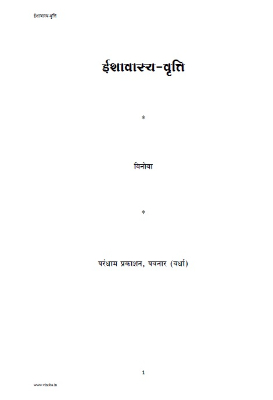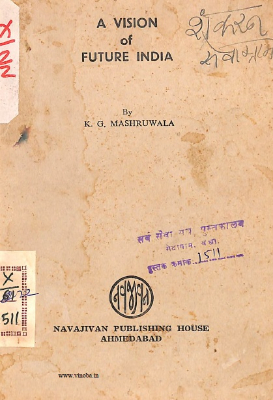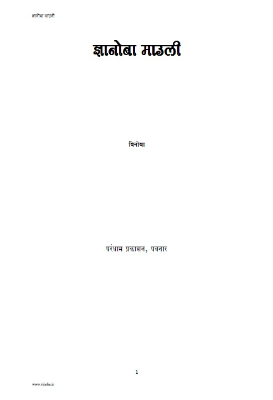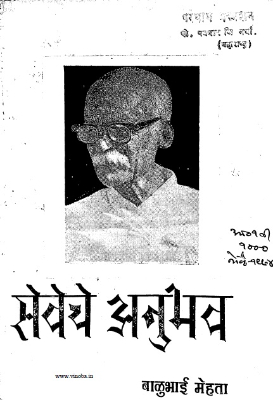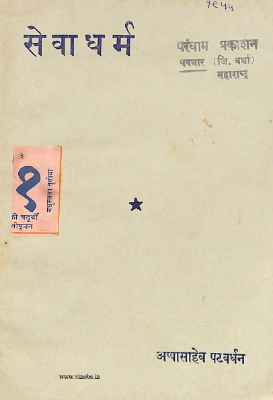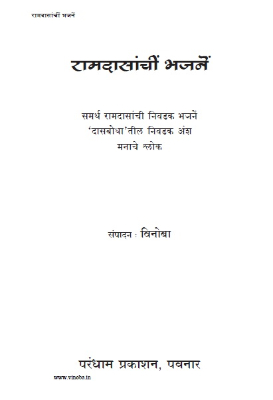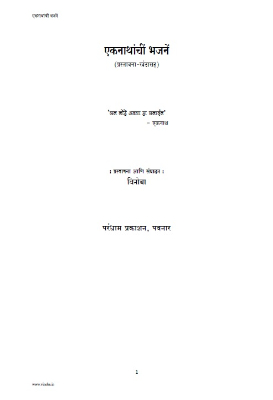La fonte rimossa
In 1803 Ugo Foscolo published in Milan a commented edition of the Coma Berenices catulliana. It is a work that, more than two hundred years later, continues to be a problematic interpretation in its inspiration, in its meaning, in its aims: the reasons that led the 25-year-old Foscolo to engage in a job for him as well are uncertain. apparently alien in spirit and education. If it were true what was declared in the final Commiato, that is that the author’s sole purpose was to mock the method of “pedants” in commenting on an ancient author, it would not explain the erudition he himself professed nor the seriousness of the final result . The ambiguity actually pervades the whole work, which seems to proceed according to a wavering motion of adhesions and repulsions. This is what we can also say about Foscolo’s judgments on Callimachi elegiarum fragmenta, cum elegia Catulli Callimachea of the great Dutch philologist L.C. Valckenaer (1715-1785), a posthumous work published in Leiden in 1799 by J. Luzac. Although mockingly emphasizing in many places the extreme complexity of the Valckenaerian edition and its aversion to the modus operandi of the scholar Batavo, an exponent of the so-called Schola Hemsterhusiana, Foscolo actually made Callimachi elegiarum fragmenta one of the main sources of his work around the Chioma of Berenice: a tacit but decisive contribution, whose features are identified and examined for the first time in a systematic form.
| Publication Language |
Italian |
|---|---|
| Publication Access Type |
Freemium |
| Publication Author |
Ilaria Padovano |
| Publisher |
Ledizioni |
| Publication Year |
2023 |
| Publication Type |
eBooks |
| ISBN/ISSN |
* |
| Publication Category |
Technical Books |
Kindly Login to ONGC Uran, Digital Library.





